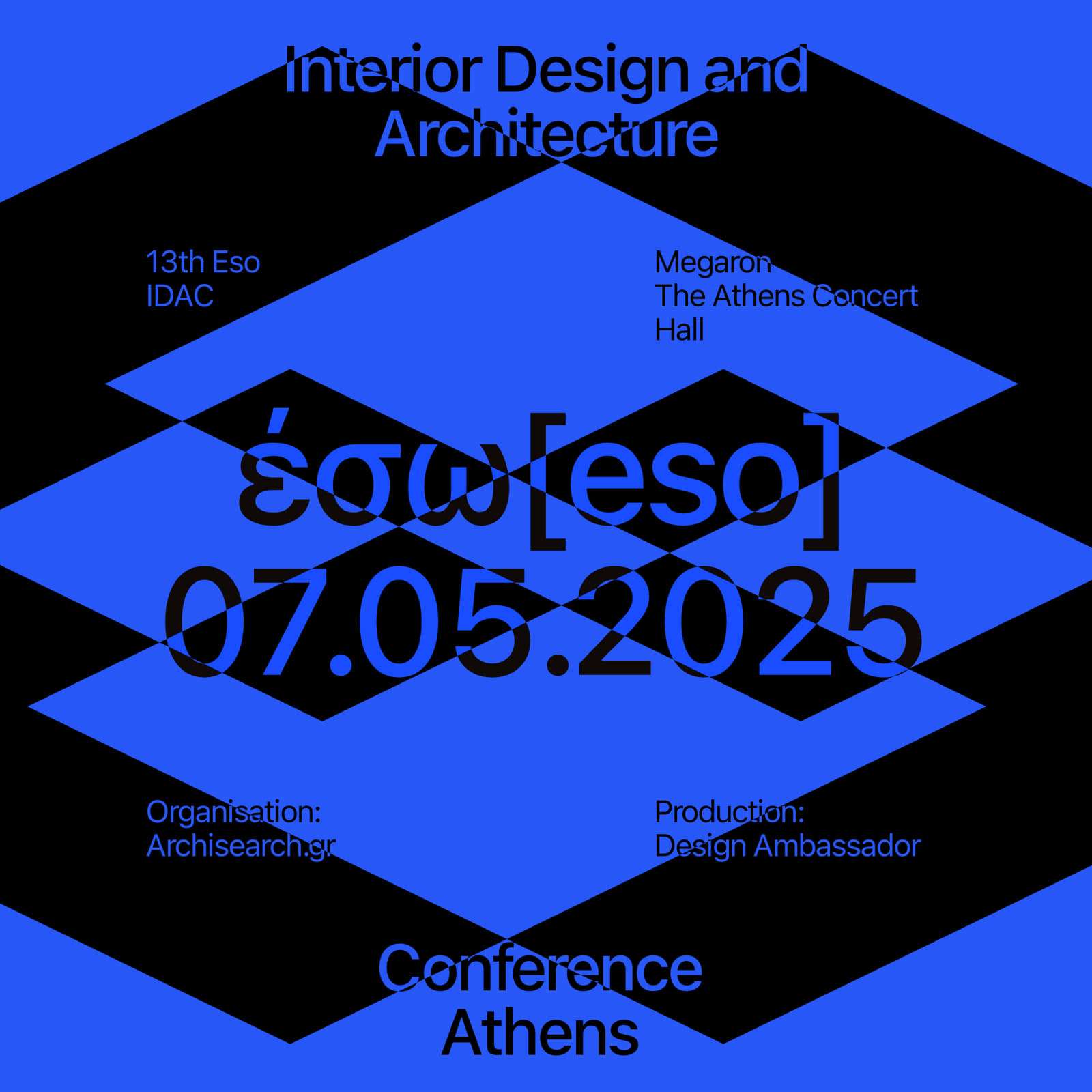The ESW Conference, the largest event for Design and Architecture, this year has as its central theme “Embracing Chaos in a Smart World.” The conference will explore, among other things, how architectural research can leverage technology to address, challenge, or interact with broader social and environmental issues, ultimately leading to positive change in our world.
In a smart world—defined by rapid technological developments such as artificial intelligence systems, the Internet of Things (IoT), and sustainable building technologies—architecture is increasingly intertwined with digital innovation, reshaping the way we live, work, and interact with our environment.
This ever-evolving reality presents a unique challenge for architects: What kind of spaces do we want to create?
The theme Embracing Chaos in a Smart World promotes the idea of harnessing unpredictability, organic development, and flexible architectural principles in environments increasingly defined by automation, data, and precision.
In architecture and urban planning, chaos does not mean randomness or disorder but rather the acceptance of complexity, adaptability, and innovative problem-solving.
Designing for uncertainty does not mean abandoning order or planning. On the contrary, it involves creating systems, structures, and spaces that can adapt to changing conditions without losing their core functionality or aesthetic value. This approach encourages a shift from designing for permanence to designing for flexibility, from rigid forms to dynamic systems.
The Embracing Chaos in a Smart World conference offers a unique platform for professionals to explore new ideas, learn from leading experts, and collaborate on solutions that will shape the future of our cities.
Adaptive Architecture
Buildings and urban spaces designed to adapt to different uses, conditions, and needs over time. This includes modular designs, movable walls, reconfigurable spaces, and smart materials that respond to environmental changes.
Resilience and Redundancy
Resilient design involves creating structures that can withstand shocks—such as natural disasters, economic disruptions, or technological failures—without collapsing. Redundancy ensures that if one system fails, another can take over.
Data-Driven Design
In a smart world, data is a powerful tool for managing uncertainty. By using real-time data from sensors, IoT devices, and AI systems, architects can design buildings and urban environments that respond to current conditions.
Sustainable and Regenerative Design
Sustainability is a crucial component of designing for uncertainty. Buildings and cities must not only reduce their environmental footprint but also be regenerative—actively contributing to the health of their ecosystems.
The Embracing Chaos in a Smart World conference offers a unique platform for professionals to explore new ideas, learn from leading experts, and collaborate on solutions that will shape the future of our cities.


